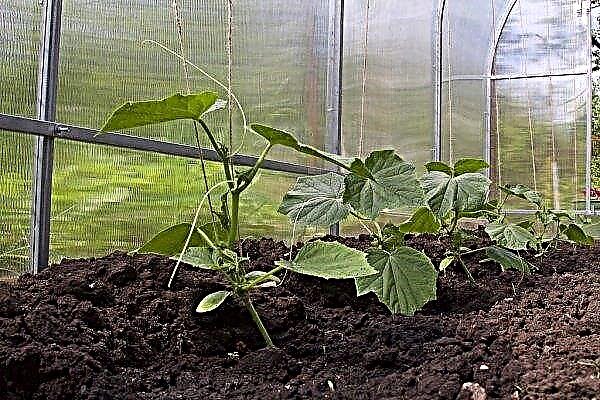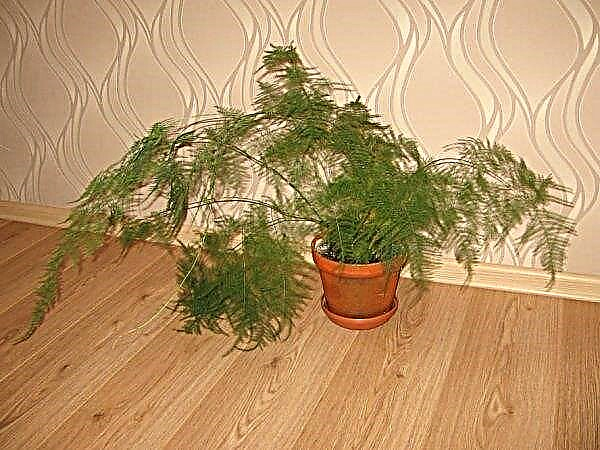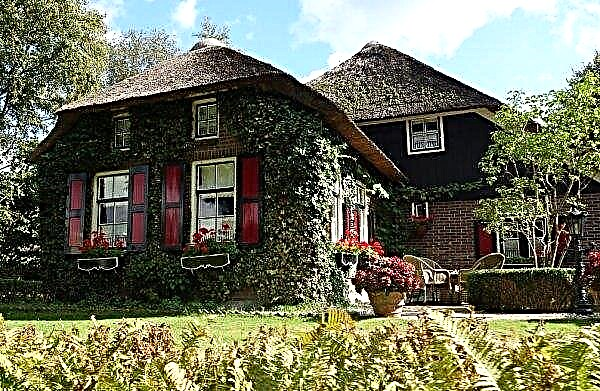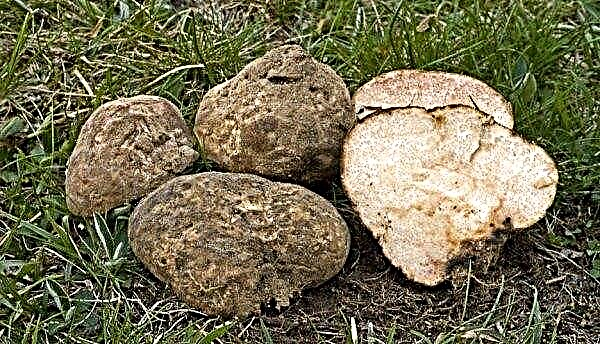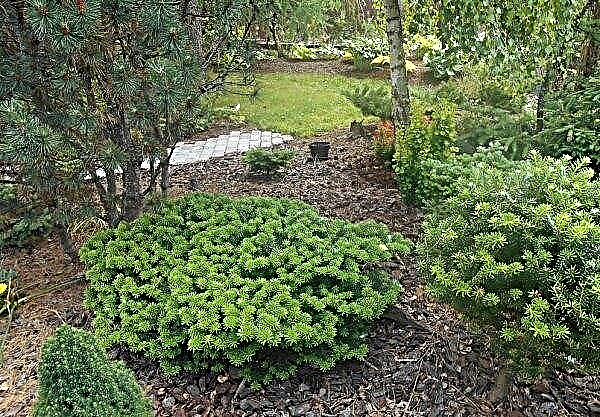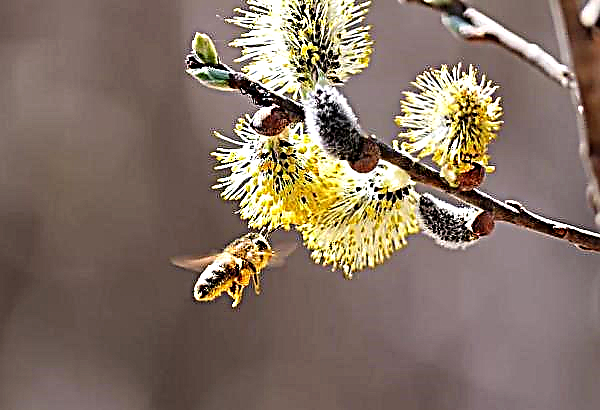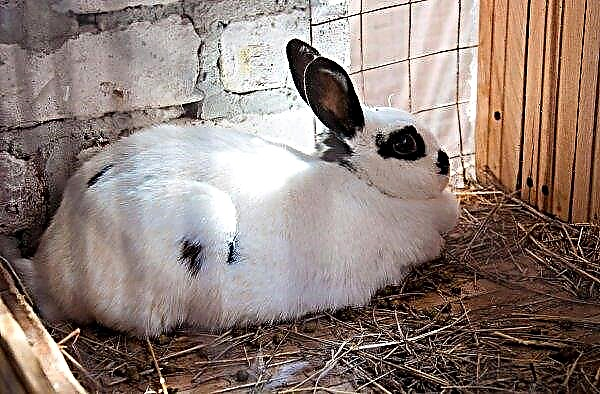When choosing a method of heating soil in a greenhouse, it is important to consider the features and advantages of each of them. Today's material will help to understand this, determine the methodology, and also learn the mechanics of organizing the heating process.
The effectiveness of increasing soil temperature
Maintaining normal microclimate parameters is very important when growing plants, especially heat-loving, because the growth rate and the resistance of the culture to diseases depend on temperature.
The equipment of the greenhouse with heated soil guarantees compliance with these standards, in addition to the advantages of this method include:
- Keeps warm. The loss of resource through the soil is excluded.
- Planting without reference to the season, which makes it possible to grow crops at any time of the year.
- High growth rate. In warm soil, the horse system develops more intensively, which, in turn, is reflected in the ground part, including the fruits.
- Productivity increase.
- Plants are not afraid of frost.

Types of soil heating system: the main varieties
There are three ways to heat the soil:
- natural;
- biological;
- technical.
Did you know? In Iceland, greenhouses are arranged on geysers.
Water circuits
A universal way to maintain the temperature of both soil and air. The bottom line is laying under the topsoil of the heating system from a small boiler room or from a central system.
- Pros:
- uniform heating of the area;
- does not reduce air humidity;
- moisturizes soil through condensate formed on pipes;
- availability.

Cable heating
A new and most effective way in which the heating element is a cable placed by a snake in the thickness of the earth.
- Pros:
- the ability to grow any crops;
- high plant growth rate;
- yield increase;
- automatic temperature control;
- durability of the installation;
- ease of installation;
- availability.

Air heating
The pipes built into the soil move air from the heating device. An alternative is heating with a furnace installed in the pit, and the chimney is allowed underground, which allows heating the air and soil.
Important! Air heating dries the air very much, so an additional installation of a humidifier is recommended.
To quickly take measures and increase the temperature indicator, you can use portable heating devices: convectors, heaters, air guns, etc.
- Pros:
- availability;
- durability;
- ease of installation.

Plastic tube heating
By laying plastic pipes under the top layer of the earth, you can organize both water and air heating. It all depends on which heating element you choose. For soil heating, it is advisable to use plastic pipes - they do not rust, have a longer service life, and also produce heat faster, but it is worth remembering that the temperature in the system should not exceed 95 ° C.
Film materials
In this case, an infrared film is used, which has several advantages:
- does not affect air humidity;
- indicators are automatically adjusted;
- it is possible to create various temperature zones;
- inhibits the growth of pathogenic microorganisms;
- ease of installation;
- the service life is about 30 years.

How to make heating?
Installation of systems is carried out according to a single principle - the heating element is located subsoil, according to the following algorithm:
- Remove topsoil, approximately 40 cm.
- Level the bottom, then pour 5 cm of sand and tamp.
- Spread a heat-insulating film on top, for example, polystyrene foam - due to this it is possible to retain heat and prevent it from going deep into the soil.
- Pour 5 cm of sand.
- Lay a stainless mesh with 5-10 cm cells.
- Laying heating elements.
- To fill up with wet sand - a layer 5 cm thick.
- Cover everything with a net - both plastic and stainless are suitable for this purpose. Such a layer is necessary in order to protect the heating source from any damage.
- In conclusion, we fill the structure with fertile soil - for this, the originally removed layer is mixed with fertilizers.
Gardener Tips
When choosing a system for heating a greenhouse, it is important to consider the costs of its operation, as well as the existing location. In the case of water heating, it is only advisable if the greenhouse is near the house, which allows you to connect to the central system, since the construction of a separate boiler room is financially capacious. Electric heaters absorb a fairly large amount of electricity, which will affect the utility bill, in addition, they dry the air, which negatively affects plants and requires the installation of a humidifier. According to the ratio of costs and efficiency, cable heating is considered the most optimal: for a room of 24 m², 92 m of cable with a capacity of 1650 W is enough. The success of the procedure also depends on how long the heat is held in the room.
According to the ratio of costs and efficiency, cable heating is considered the most optimal: for a room of 24 m², 92 m of cable with a capacity of 1650 W is enough. The success of the procedure also depends on how long the heat is held in the room.
To do this, think about the thermal insulation of both the room itself and the heating elements. Now you know how to make a room warm with your own hands, why thermal insulation in a greenhouse, and also which technology to choose, given the cost-effectiveness ratio. Grow vegetables in the required temperature conditions, which will help to fully recoup costs due to the high yield.

